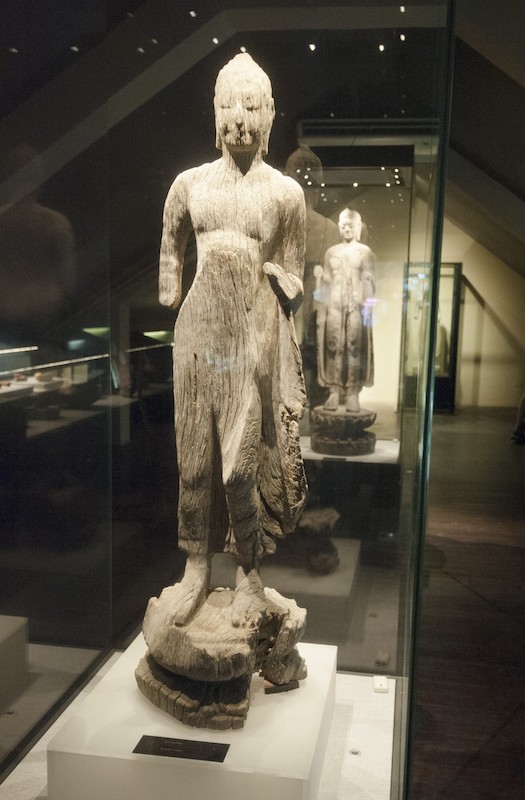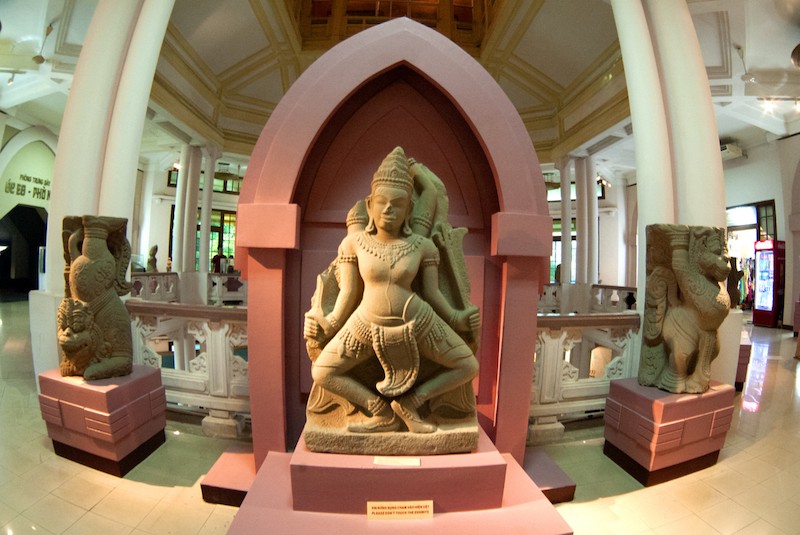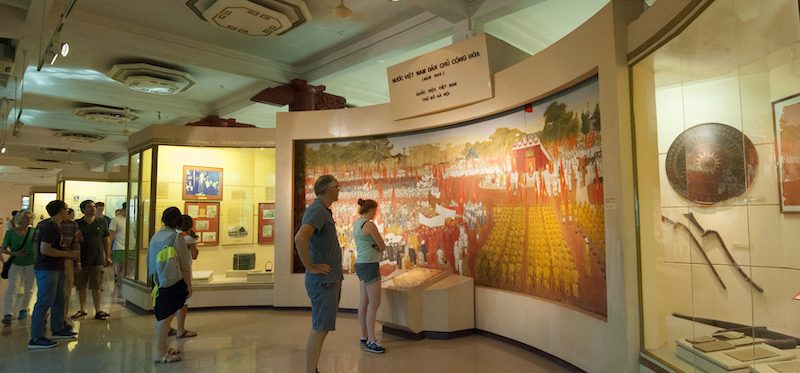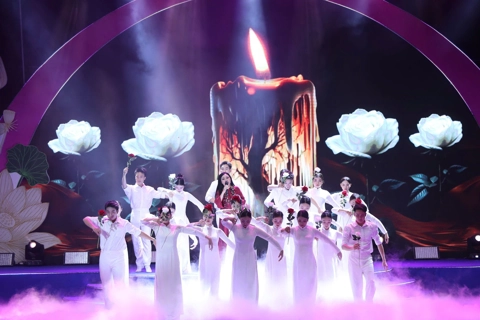Featuring a combination of native and French traits, the Vietnam National Museum of History is considered an architectural gem of Hanoi.
|
| Over the years, the museum has introduced and promoted the imagery of the Vietnamese country and people through a methodical presentation of the national cultural heritages, providing visitors with a more accurate view of the history and culture of Vietnam. |
|
The current museum is the fusion of the former Vietnam History Museum and the Museum of the Vietnamese Revolution. |
|
The major part of the collection of the National Museum of Vietnam History was of the Louis Finot Museum - a body belonging to the École Française d’Extrême-Orient which was built in 1926 and inaugurated in 1932. It was opened to visitors on September 3 1958. |
|
In the museum’s 4,000 square meters, more than 10,000 documents and objects on display give visitors a broad overview of the development of Vietnam from the prehistoric time through the national formation period 4,000 years ago, the feudal dynasties, the national liberation struggles, and the national uprising and birth of the Democratic Republic of Vietnam on September 2, 1945. |
|
| In a corner on the first floor, the seven bronze drums inspire a lot of tourists. They are the Dong Son, Ngoc Lu, Nong Cong and Thanh Vinh drums arranged around a pillar engraved with patterns of ancient Vietnamese people. |
|
| On the first floor, many items from the Tran dynasty like the scale models of Pho Minh pagoda in Nam Dinh province, Kiep Bac temple in Hai Duong province and Binh Son stupa in Vinh Phuc province are showcased. |
|
| The museum displays a turtle stele. |
|
| The second floor is devoted to presenting the history of Vietnam from the Ho dynasty until the revolution of August 1945. |
|
The museum is a fantastic destination that visitors should not miss when coming to Hanoi.
|

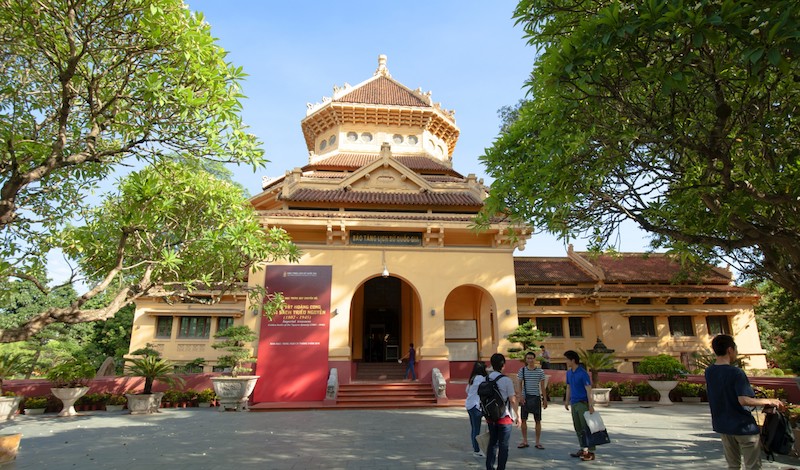
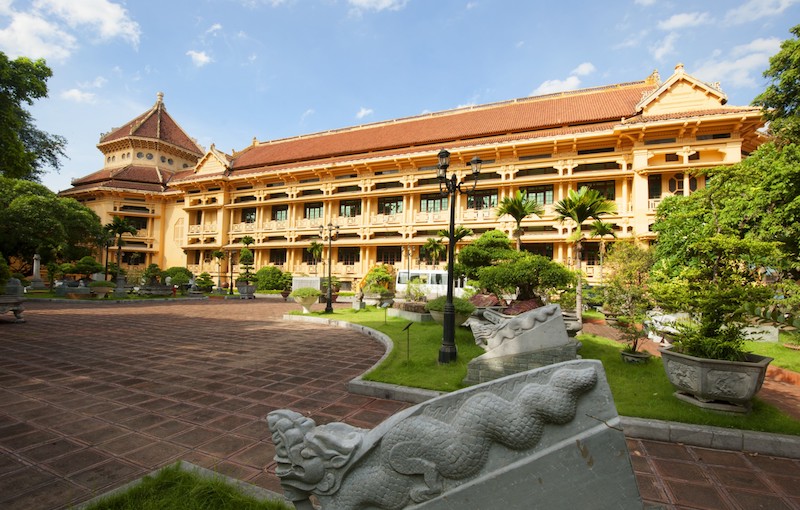
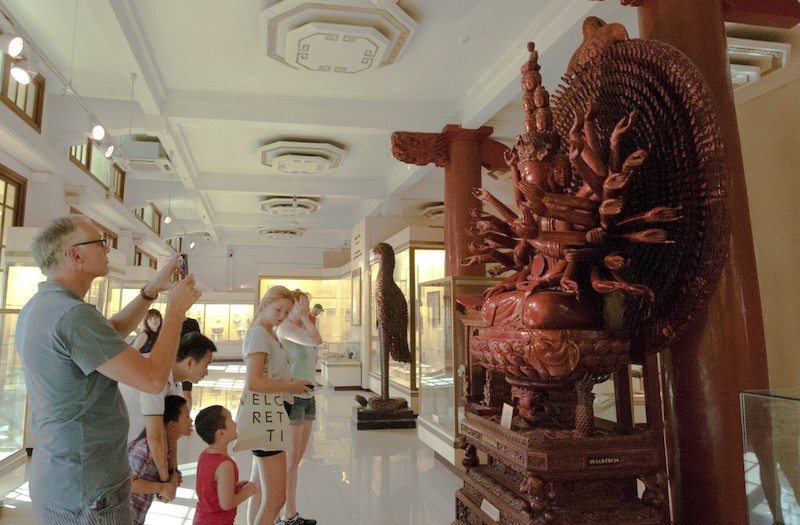
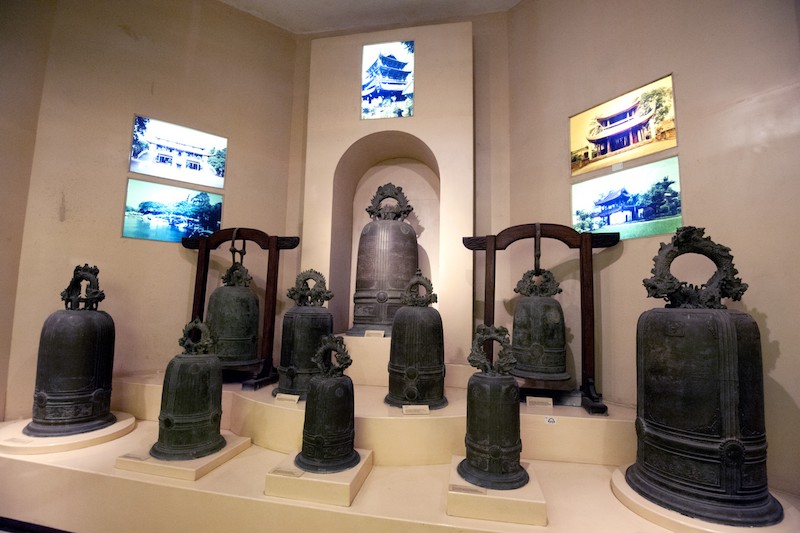
.jpg)
